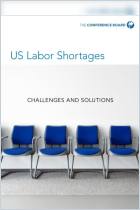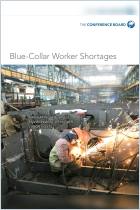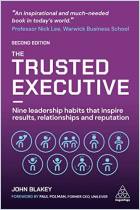
COVID-19’s Biggest Legacy
Remote Work and Its Implications for the Postpandemic Labor Market in the US
Read or listen offline
Recommendation
Before the pandemic’s stay-at-home orders, only 8% to 10% of people with desk jobs worked at home. But many people and firms had positive experiences with remote work during the crisis. In the post-pandemic economy, up to 50% of people may still work remotely. This Conference Board report finds that companies seem likely to move to a hybrid model with some people at home, others in the office, and others using a split-time or hybrid model. The future of the hybrid workforce depends on whether bosses find that performance and productivity stay high, whether corporate cultures hold up and, perhaps, whether employees find they can still bond with their teammates and earn promotions.
Take-Aways
About the Authors
Gail Levanon is vice president of labor markets for The Conference Board, where Elizabeth Crofoot and Frank Steemers are senior economists. Crofoot works with the Committee for Economic Development and Steemers is a labor market analyst.






















Comment on this summary or Comenzar discusión